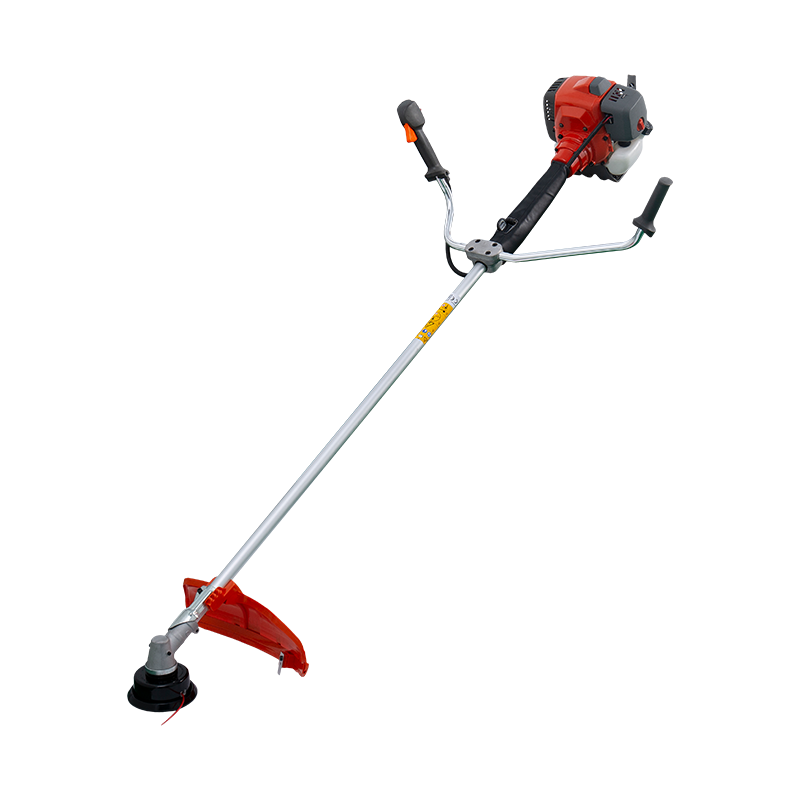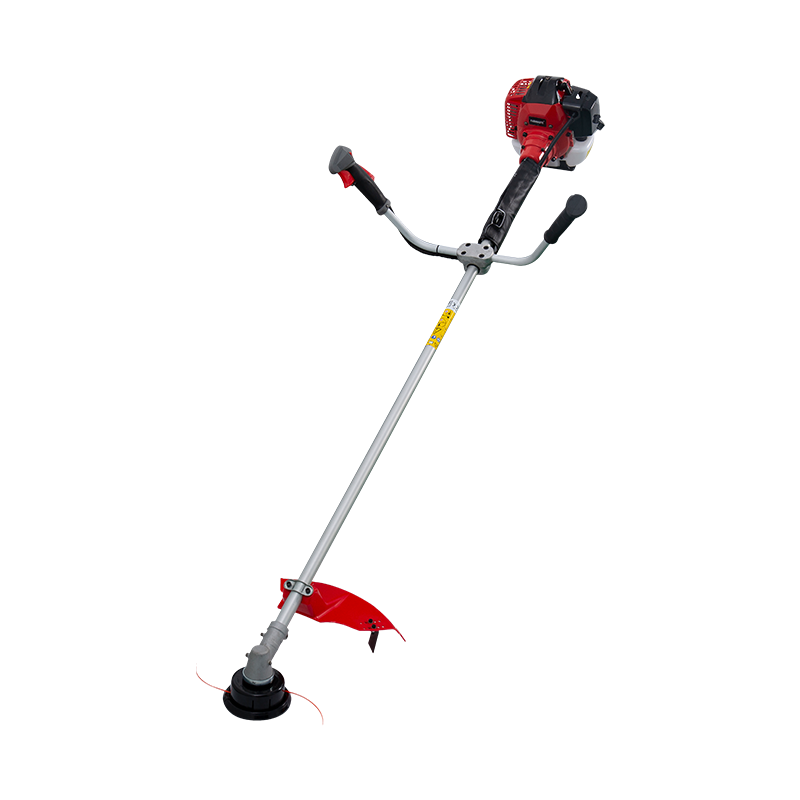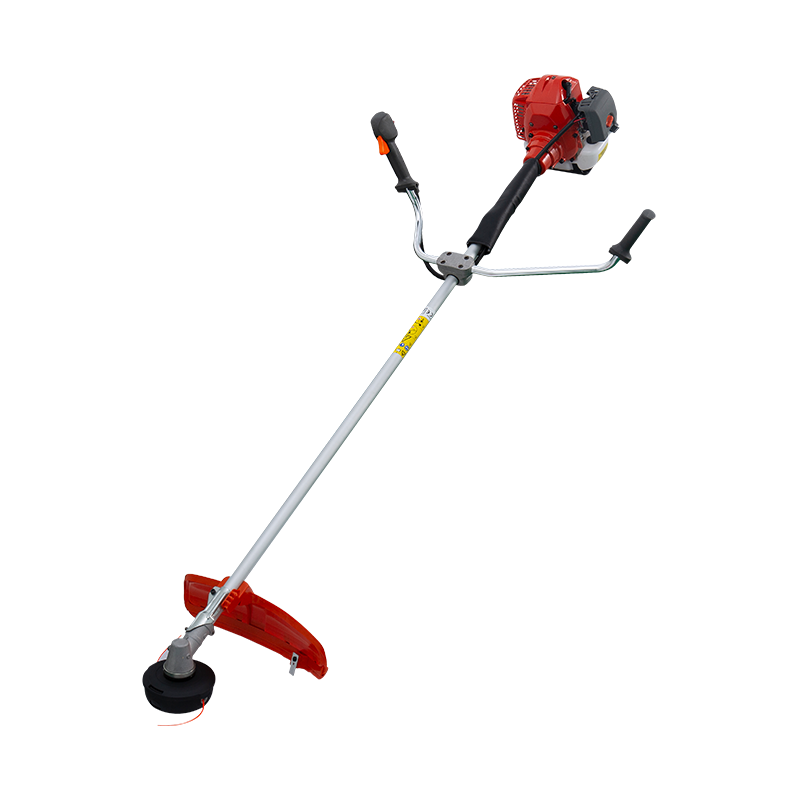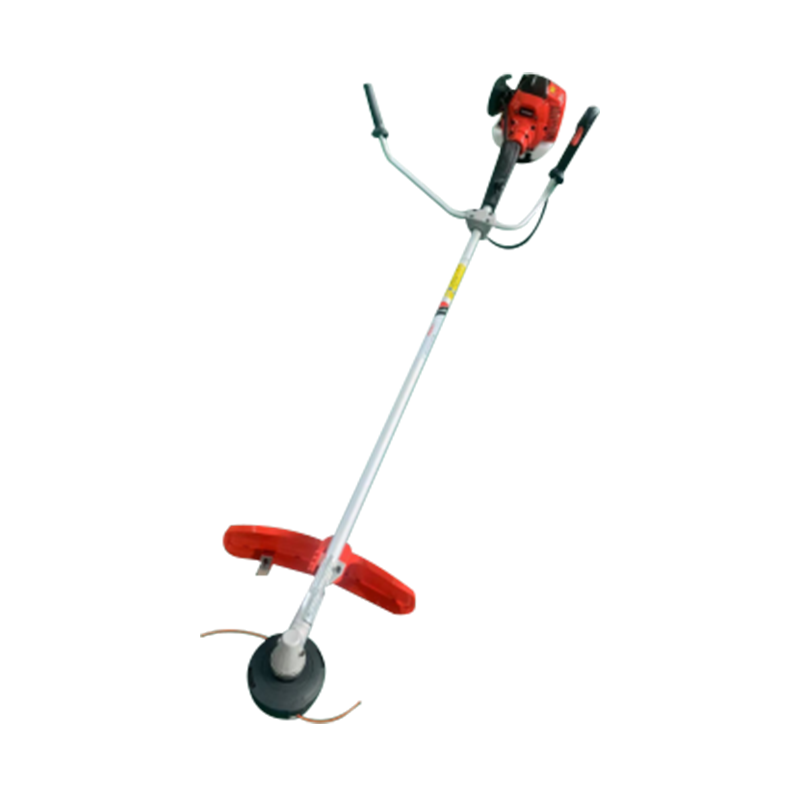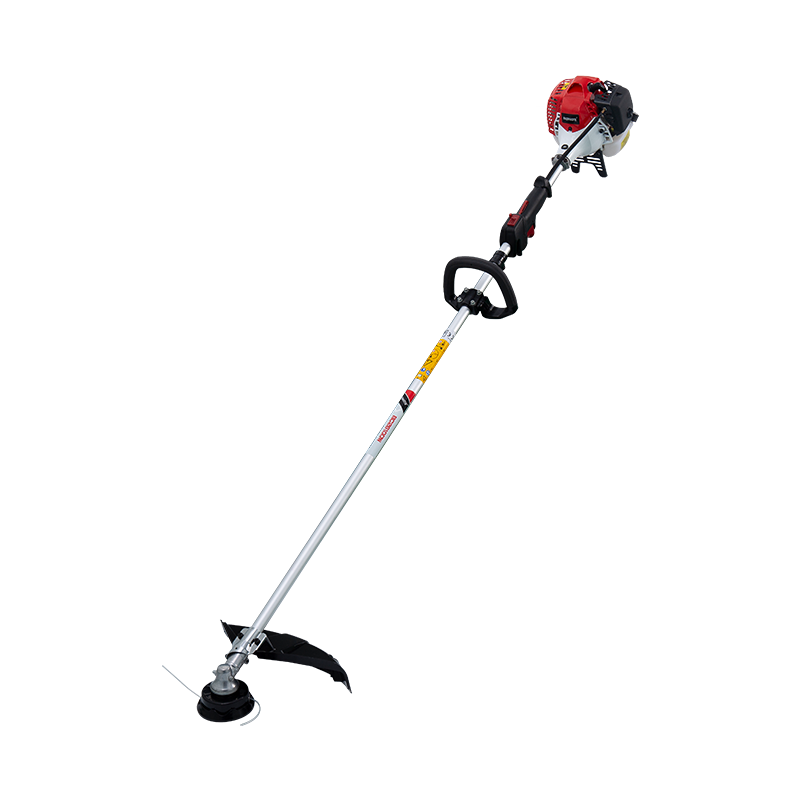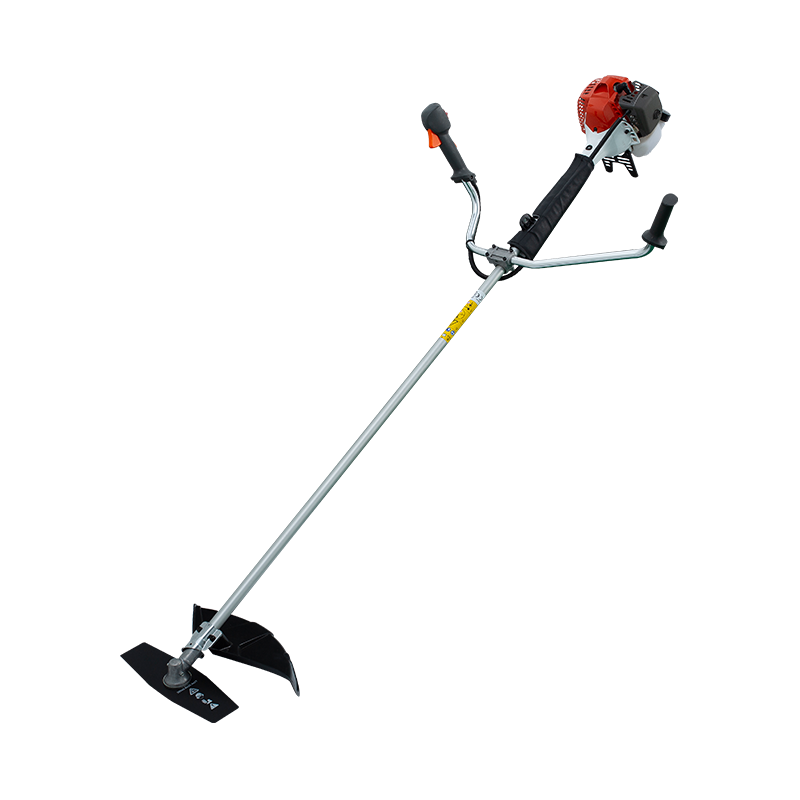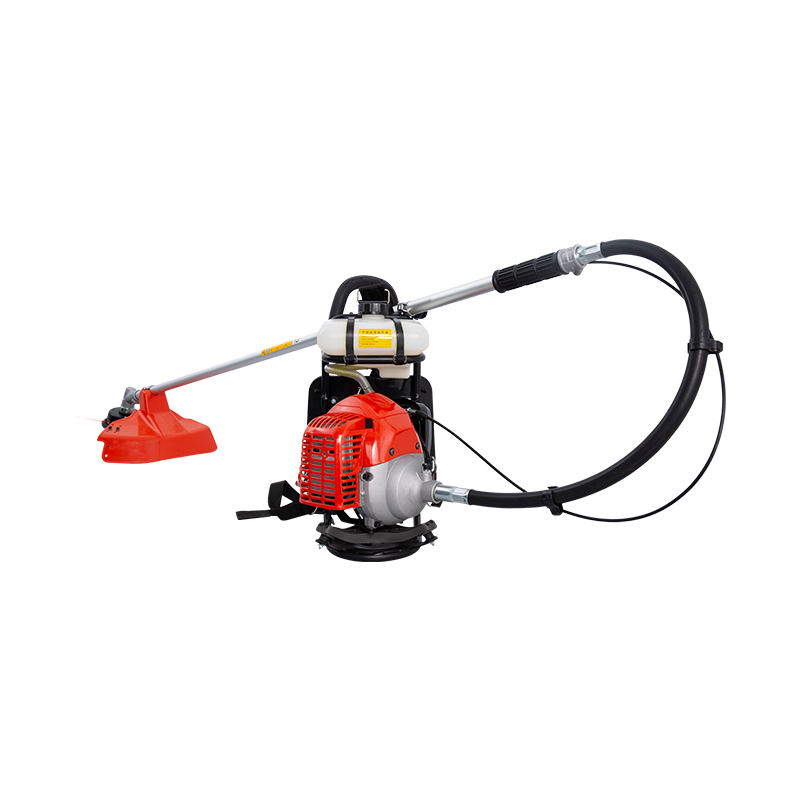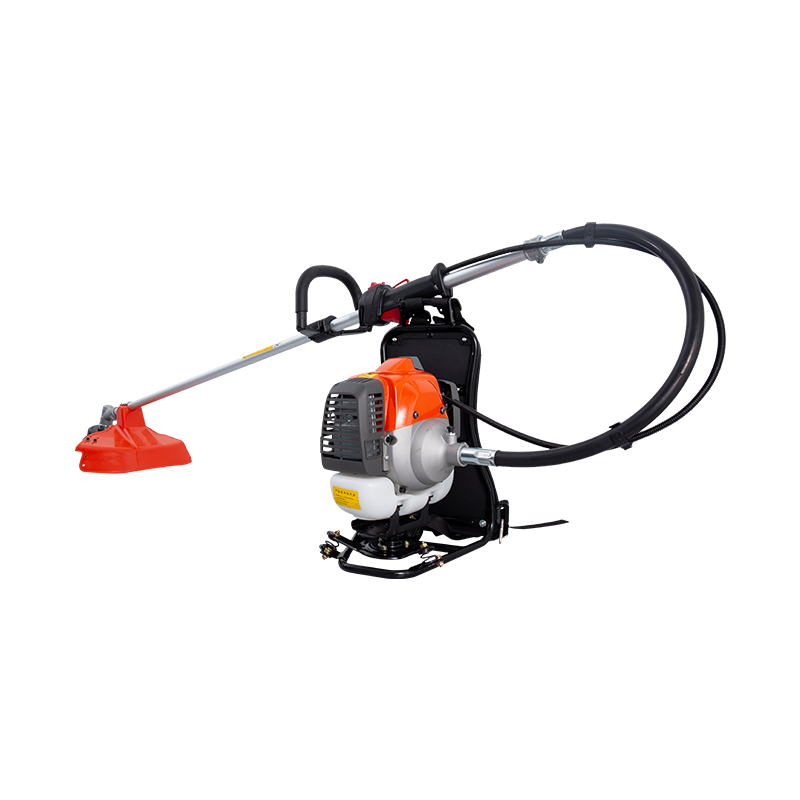Investing in a high-quality brush cutter is a decision that pays dividends in saved time, reduced frustration, and superior results. Unlike their cheaper counterparts, which often falter under pressure and require frequent replacement, a truly well-built machine transforms the daunting task of clearing overgrown brush, tough weeds, and even small saplings into a manageable, even satisfying, job. This guide is designed to demystify the process of selecting a durable and powerful brush cutter that is perfectly matched to your land's specific challenges. We will move beyond basic specifications and delve into the critical engineering aspects and material choices that separate adequate tools from exceptional, long-lasting investments. Whether you're maintaining a large rural property, a hobby farm, or simply a yard that tends to get wild, understanding these key differentiators is the first step toward making a purchase you won't regret years down the line.
Understanding Your Needs: The Foundation of a Smart Purchase
Before diving into engine specs and blade types, the most crucial step is conducting an honest assessment of the terrain you need to manage and your own experience level. A tool that is perfect for clearing acres of dense, woody brush would be overkill and potentially dangerous for someone simply tidying up ditch lines and garden edges. The size of your property, the density and type of vegetation you commonly encounter, and the frequency of use are the primary determinants of the power and features you'll require. Furthermore, your physical strength and comfort with powerful landscaping equipment will guide decisions about weight, harness systems, and overall handling. Acknowledging these factors upfront ensures you invest in a machine that is not only capable but also a practical and safe extension of your capabilities, ultimately leading to a more efficient and enjoyable landscaping experience.
- Property Size & Frequency: Small parcels (< 1/2 acre) with occasional use have different needs than large properties (> 5 acres) requiring regular maintenance.
- Vegetation Type: Distinguish between soft grasses, thick weeds, thorny brambles, woody saplings, and mixed terrain. Woody growth demands more power and specific cutting attachments.
- Operator Experience: Beginners should prioritize ease of start, maneuverability, and safety features, while experienced users might focus on raw power and professional-grade features.
- Physical Considerations: Evaluate the weight of the unit and the availability of a comfortable harness system, especially for larger properties with uneven ground.
Key Features That Define a High-Quality Brush Cutter
The market is flooded with options, but true quality is found in the details of construction and component selection. A high-quality brush cutter is defined by its robustness, reliability, and thoughtful design aimed at both performance and user comfort. It starts with a powerful and reputable engine known for its durability and consistent power output, not just its peak horsepower. The drivetrain, whether a rigid straight shaft or a flexible curved shaft, must be built from high-grade materials to withstand the torsional stress of cutting through tough material. Anti-vibration systems are not a luxury but a necessity for reducing operator fatigue during extended use. Furthermore, the ease of attachment changes and the overall balance of the machine are hallmarks of a tool designed for professional use, ensuring that it can handle a variety of tasks efficiently and safely for years to come.
- Engine Power & Type: Look for reputable commercial-grade engine brands known for reliability. CC (cubic centimeters) often indicates power more reliably than HP alone. 2-stroke engines offer high power-to-weight, while 4-stroke offer better fuel efficiency and torque.
- Shaft Type: Straight shafts are stronger, better for heavy-duty work and compatible with more attachments. Curved shafts are lighter and better for light grass and trimming.
- Anti-Vibration System: Advanced damping systems in the handles and shaft dramatically reduce fatigue, a critical feature for prolonged use and operator comfort.
- Build Quality & Materials: The deck should be metal, not plastic. Look for reinforced gear housings and solid drive shafts. The overall feel should be solid, not creaky or loose.
Choosing the Right Cutting Attachment for the Job
One of the most significant advantages of a high-quality brush cutter is its versatility, largely afforded by a range of interchangeable cutting attachments. Selecting the right tool for the specific vegetation is just as important as the power of the machine itself. Using a grass trimmer line to clear thick brush is inefficient and will burn out the line rapidly, while using a steel blade on a rocky area is dangerous and will quickly dull the blade. The key is to understand the strengths and limitations of each attachment type. A multi-toothed circular saw blade, for instance, excels at cutting through thick, woody stems and saplings up to several inches thick, while a tri-wing blade is better suited for clearing dense patches of weeds and thin brush. For fine trimming and detail work around obstacles, a nylon line head remains indispensable.
- Nylon Trimmer Line: Ideal for cutting grass, weeds, and fine vegetation around delicate areas like trees and fences. Available in various diameters and shapes for different durability and cutting aggression.
- Tri-Wing (Plastic) Blades: Excellent for tackling thick, fibrous weeds and light brush. They are safer than metal blades near hard obstacles and are less likely to throw debris.
- Circular Saw Blades (Metal): The go-to choice for heavy-duty clearing of woody brush and small trees. They come with different numbers of teeth; more teeth provide a smoother cut on thicker wood, while fewer teeth are better for saplings.
- Chipper Blades: These have fewer, larger teeth and are designed to chip away at vegetation, making them effective for very dense, tangled brush.
Engine Showdown: 2-Stroke vs. 4-Stroke for Brush Cutting
The debate between 2-stroke and 4-stroke engines is a fundamental one when selecting a brush cutter. Each technology has its distinct advantages and trade-offs, and the "best" choice is heavily dependent on your specific needs and preferences. Traditionally, 2-stroke brush cutters have dominated the market due to their incredibly high power-to-weight ratio, simplicity, and ability to operate at any angle—a crucial feature for a tool that is constantly being tilted and maneuvered. They require a pre-mixed fuel (gas and oil), which can be seen as a downside. Conversely, 4-stroke brush cutters run on pure gasoline, are generally more fuel-efficient, produce significantly less emissions and noise, and provide greater torque at lower RPMs, which can be beneficial for pushing through tough, woody material. However, they are typically heavier and can be prone to oil starvation if tipped too far.
| Feature | 2-Stroke Engine | 4-Stroke Engine |
| Power-to-Weight Ratio | Excellent | Good |
| Fuel Type | Gas/Oil Pre-Mix | Pure Gasoline |
| Operating Orientation | Any angle | Limited tilting |
| Torque at Low RPM | Lower | Higher |
| Emissions & Noise | Higher | Lower |
| Maintenance Complexity | Simpler | More Complex |
| Typical Weight | Lighter | Heavier |
Essential Maintenance for Longevity and Peak Performance
Purchasing a high-quality brush cutter is only half the battle; protecting your investment through diligent and proper maintenance is what truly ensures it lasts for years. A well-maintained machine will not only be more reliable but will also maintain its power and efficiency, making every job easier. The cornerstone of maintenance is adhering to the manufacturer's guidelines for fuel mixture (for 2-strokes), oil changes (for 4-strokes), and air filter care. Using fresh, high-quality fuel and the correct oil is non-negotiable for engine health. Beyond the engine, regular inspection and care of the cutting attachments, drive shaft, and gear head are essential. This includes cleaning the machine after use to prevent debris buildup, checking for loose bolts and parts, sharpening or replacing blades when dull, and greasing fittings as recommended. A simple, consistent maintenance routine is the most effective strategy for extending brush cutter life.
- Fuel Management: Always use fresh fuel and the exact oil mix ratio specified for 2-strokes. For 4-strokes, use the correct weight of motor oil. Consider using fuel stabilizer for storage.
- Air Filter Care: Clean the air filter regularly and replace it when damaged or overly dirty. A clogged filter starves the engine of air, reducing power and causing damage.
- Spark Plug: Inspect, clean, and gap the spark plug annually, or replace it if worn to ensure easy starting and smooth operation.
- Gear Head Maintenance: Check the gear head for debris and lubricate it with the recommended grease at intervals specified in the manual to prevent wear and overheating.
Pre-Operation Checklist for Safety and Performance
Before starting any landscaping project, a thorough pre-operation inspection is a critical habit that promotes both safety and optimal machine performance. This five-minute checklist can prevent accidents, unnecessary wear, and frustrating mid-job breakdowns. Begin with a visual inspection of the entire unit, looking for any obvious damage, loose parts, or fluid leaks. Check that all shields and guards are securely in place; these are vital safety features designed to protect you from thrown debris. Next, inspect the cutting attachment itself. Ensure the trimmer line is at the correct length, or that any metal blades are securely fastened, sharp, and free of cracks or excessive wear. Finally, verify that the fuel is fresh and that you have all the necessary personal protective equipment (PPE) ready to wear. This disciplined approach ensures that your brush cutter is in safe working order before you pull the starter cord.
- Visual Inspection: Check for loose nuts, bolts, or handles. Look for cracks in the deck or shaft. Ensure the on/off switch functions properly.
- Safety Guards: Confirm that the debris shield is attached and not damaged. Never operate the machine without this guard in place.
- Cutting Attachment Check: For line heads, wind new line if needed. For blades, ensure they are tight and sharp. Look for any signs of stress or damage on the blade.
- Fuel & Oil Check: Top up fluids if necessary, ensuring you use the correct type and mix.
- PPE Ready: Have safety glasses, hearing protection, sturdy boots, long pants, and gloves laid out and ready to use.
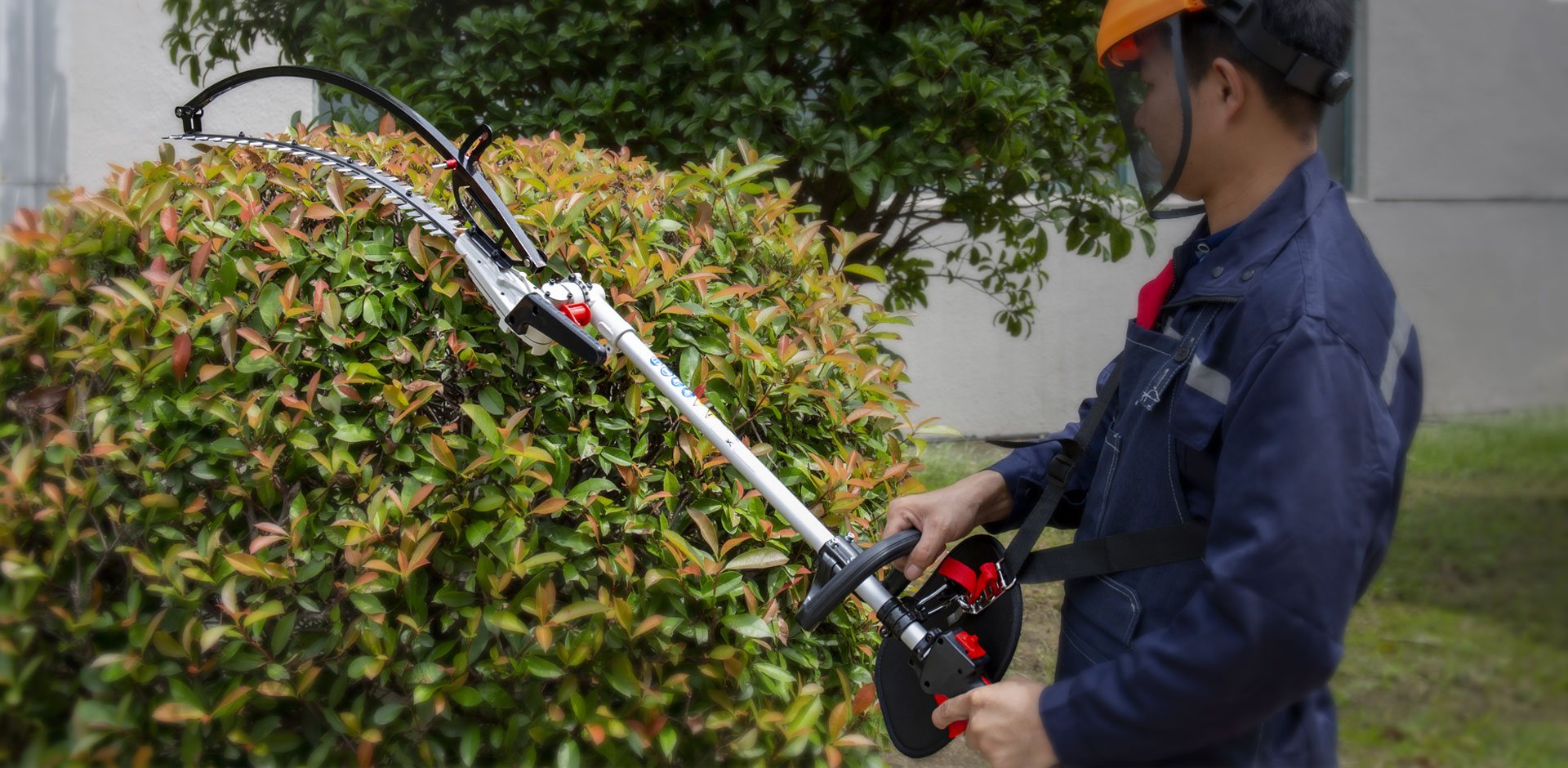
FAQ
What is the best fuel mix for a 2-stroke brush cutter?
The absolute best practice is to always follow the manufacturer's specific recommendation found in your owner's manual, as the ratio can vary (common ratios are 40:1 or 50:1). Using a higher-quality synthetic 2-stroke oil designed for air-cooled engines is strongly advised, as it provides better lubrication and reduces carbon buildup. Crucially, always use fresh, high-octane gasoline (89 octane or higher) that is ethanol-free if possible, as ethanol can attract moisture and degrade fuel lines and carburetor components over time. Pre-mix only the amount of fuel you expect to use within 30 days, and consider adding a fuel stabilizer if you plan to store the machine for longer periods. Never use old or stale fuel, as this is a primary cause of starting and performance issues.
How often should I sharpen the metal blades on my brush cutter?
The frequency of sharpening depends entirely on usage. If you are frequently cutting through abrasive material like sandy soil, rocky ground, or very gritty vegetation, you may need to sharpen the blades after every 5-10 hours of use. For typical use on clean woody brush, inspecting and potentially sharpening the blades every 15-20 hours of operation is a good rule of thumb. A dull blade is easy to identify: the machine will require more throttle to cut, it will leave ragged cuts on vegetation, and it may cause the engine to bog down or stall. Sharpening can be done carefully with a mill bastard file or an angle grinder, ensuring you maintain the original cutting angle and balance the blade to prevent dangerous vibrations. For extending brush cutter life and ensuring safety, a properly sharpened and balanced blade is essential.
Can I use a brush cutter to cut small trees?
Yes, a powerful high-quality brush cutter equipped with the appropriate multi-toothed circular saw blade is perfectly capable of cutting down small trees and saplings, typically up to 3-4 inches in diameter. This is a common task for landowners managing overgrown fields or clearing fence lines. However, this is a serious operation that requires extreme caution. You must wear full personal protective equipment, including a forestry helmet with face screen and hearing protection, heavy-duty gloves, and cut-resistant chaps. Always use a steady, sweeping motion and let the blade's teeth do the work—do not force it. Be acutely aware of kickback, and never operate the blade above waist height. It is not recommended to use a brush cutter for trees larger than the manufacturer's suggested maximum, as this can damage the machine and is significantly more dangerous.
What's the difference between a brush cutter and a string trimmer?
While they may look similar, brush cutters and string trimmers are designed for fundamentally different tasks and are built to different durability standards. A string trimmer (or "weed eater") is a lightweight tool designed for finishing work: edging lawns, cutting grass in tight spaces, and trimming soft weeds using a spinning nylon line. A brush cutter is a heavy-duty machine built to clear dense, tough vegetation. The key differences lie in their power, shaft construction, and cutting attachments. Brush cutters have more powerful engines, a rigid driveshaft (often solid steel), and a gear head that allows for the use of metal blades in addition to trimmer line. They are built to withstand the impact and torque of cutting through woody material. Using a string trimmer for brush clearing will quickly burn out the motor and break the line, while using a brush cutter for light lawn trimming is possible but is often overkill and more cumbersome.
How do I store my brush cutter for the winter?
Proper off-season storage is critical for extending brush cutter life and ensuring easy starts in the spring. The process, often called "winterizing," focuses on protecting the fuel system from corrosion and varnish buildup. First, either run the engine until the carburetor is completely out of fuel, or drain all fuel from the tank and carburetor. Adding a fuel stabilizer to a full tank and running the engine for a few minutes is an alternative method. Next, remove the spark plug and pour a small amount of engine oil into the cylinder, then slowly pull the starter cord a few times to coat the piston and rings before replacing the plug. Thoroughly clean the entire machine of any dirt, grass, and debris. Store the unit in a clean, dry place, preferably hanging up or covered to protect it from dust and moisture. This process prevents most common spring starting problems.

 English
English Español
Español